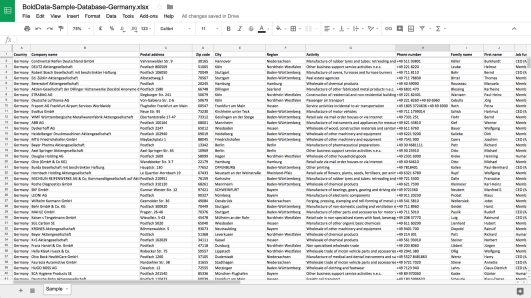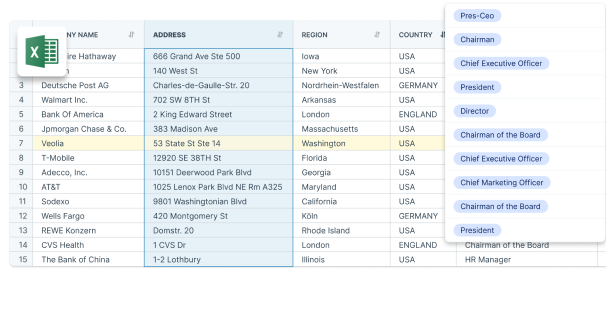As a business owner or marketer, understanding the difference between B2B and B2C data is crucial to developing a successful marketing strategy. While B2B (Business-to-Business) and B2C (Business-to-Consumer) data are collected and analyzed for marketing purposes, they are significant differences in how they are used.
What is B2B Data?
B2B data is collected from businesses selling products or services to other businesses. This data type is used to help businesses identify potential customers and develop marketing strategies to target them. B2B data is typically more complex than B2C data and is used to create highly targeted marketing campaigns.
One of the primary differences between B2B and B2C data is the number of decision-makers involved in the purchasing process. In B2B transactions, multiple people are typically involved in the decision-making process. These decision-makers are often located in different departments with different needs and requirements. As a result, B2B data must be highly segmented and targeted to ensure the right message is delivered to the right person at the right time.
Another difference between B2B and B2C data is the sales cycle length. B2B sales cycles are typically longer than B2C sales cycles, which means that B2B marketers must be patient and persistent in their approach. B2B marketers must also be able to nurture leads over time and build long-term relationships with potential customers.
What is B2C Data?
B2C data is collected from businesses selling products or services directly to consumers. This data type is used to help businesses understand consumer behavior and develop marketing strategies to target them. B2C data is typically less complex than B2B data and is used to create more general marketing campaigns.
One of the primary differences between B2B and B2C data is the target audience size. B2C marketers typically target a much larger audience than B2B marketers. B2C marketers must be able to create campaigns that resonate with a wide range of people and must be able to reach them through a variety of channels.
Another difference between B2B and B2C data is the immediacy of the sales cycle. B2C sales cycles are typically much shorter than B2B sales cycles, which means that B2C marketers must be able to create campaigns that drive immediate action from consumers. B2C marketers must also be able to create campaigns that are easily shareable and can go viral, as word-of-mouth is often a critical component of B2C marketing.
Get B2B Data from BoldData
In conclusion, B2B and B2C data are two different data types used for marketing purposes. B2B data is typically more complex and is used to create highly targeted marketing campaigns, while B2C data is typically less complex and is used to create more general marketing campaigns.
Understanding the differences between B2B and B2C data is critical to developing a successful marketing strategy. Whether you are a B2B or B2C marketer, understanding your target audience and their needs is essential to creating effective marketing campaigns.
BoldData can help you scale your sales and marketing campaigns by delivering huge amounts of accurate emails, phones, and contacts from all industries. From B2B e-mail marketing to B2B telemarketing: you decide how you scale your pipeline.
Discover some options in the overview below and request a free quote via the contact form. Do you need a B2B database in a specific industry, city, or country? No problem, we’re here to help: we can help you worldwide with B2B databases in all countries and cities.
Contact us for free tailor-made advice and an independent quote. Please call +31(0)20 705 2360 or send an e-mail to info@bolddata.nl.

